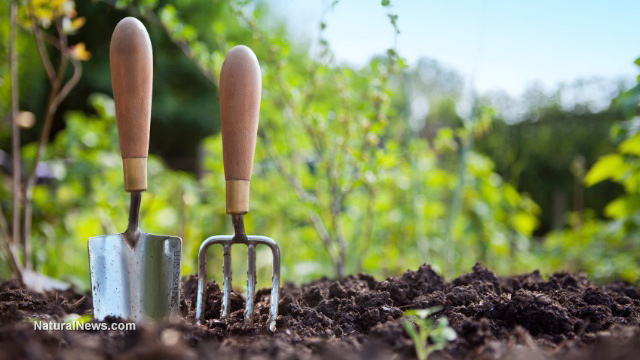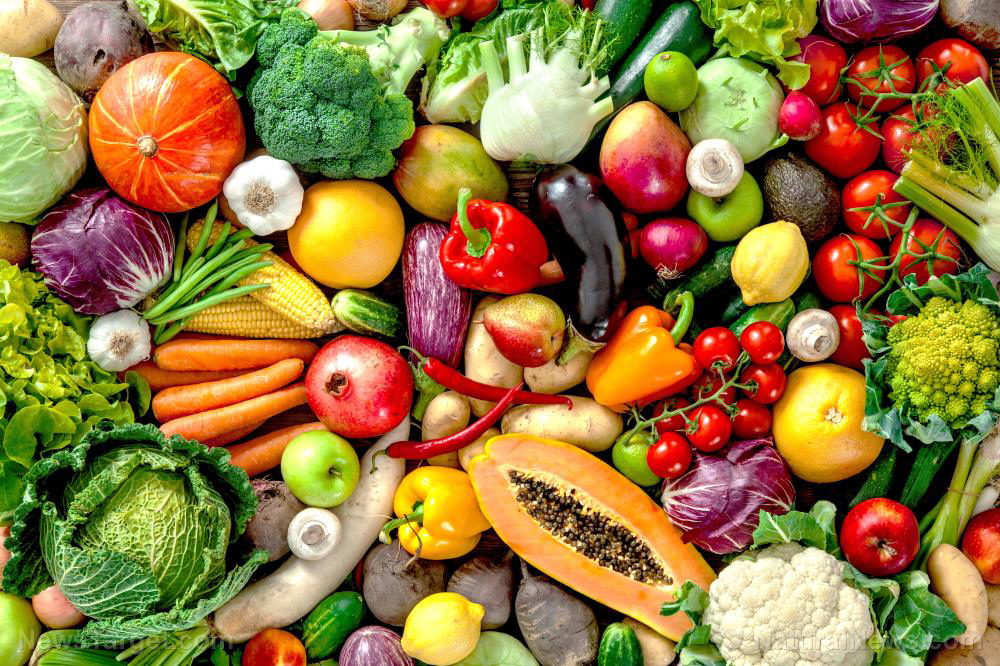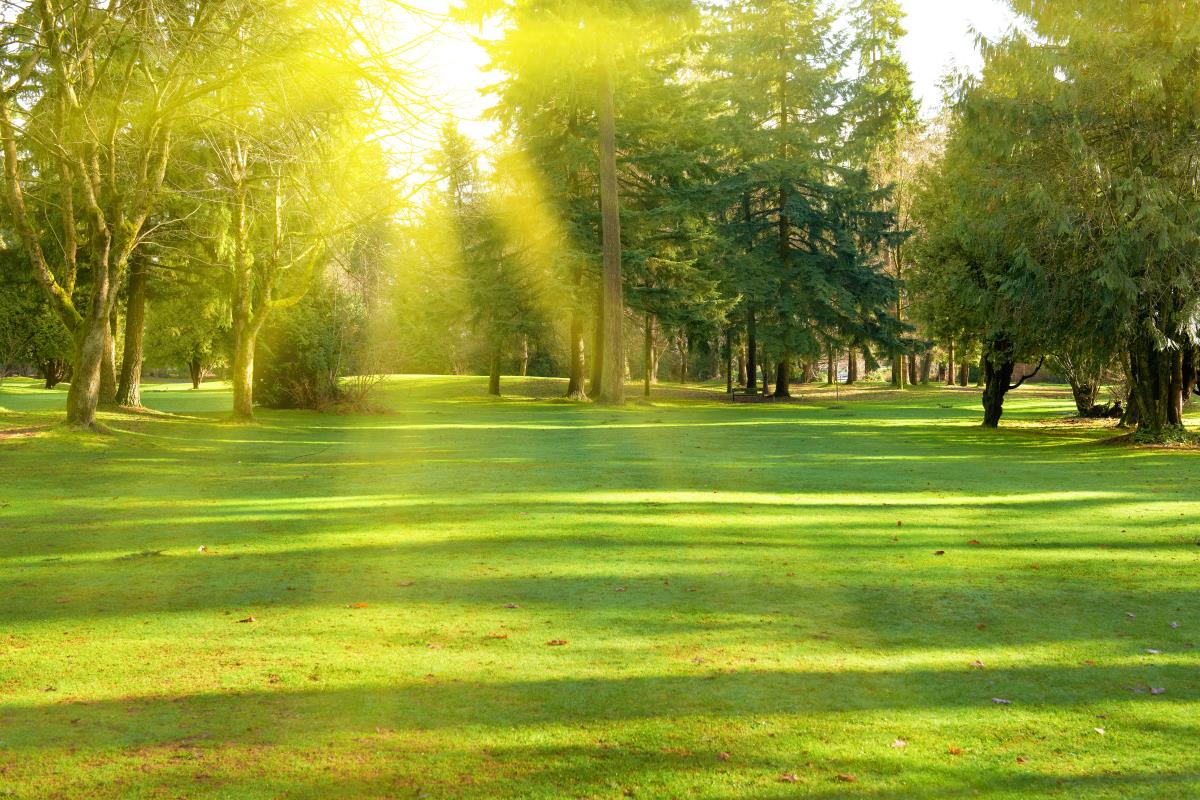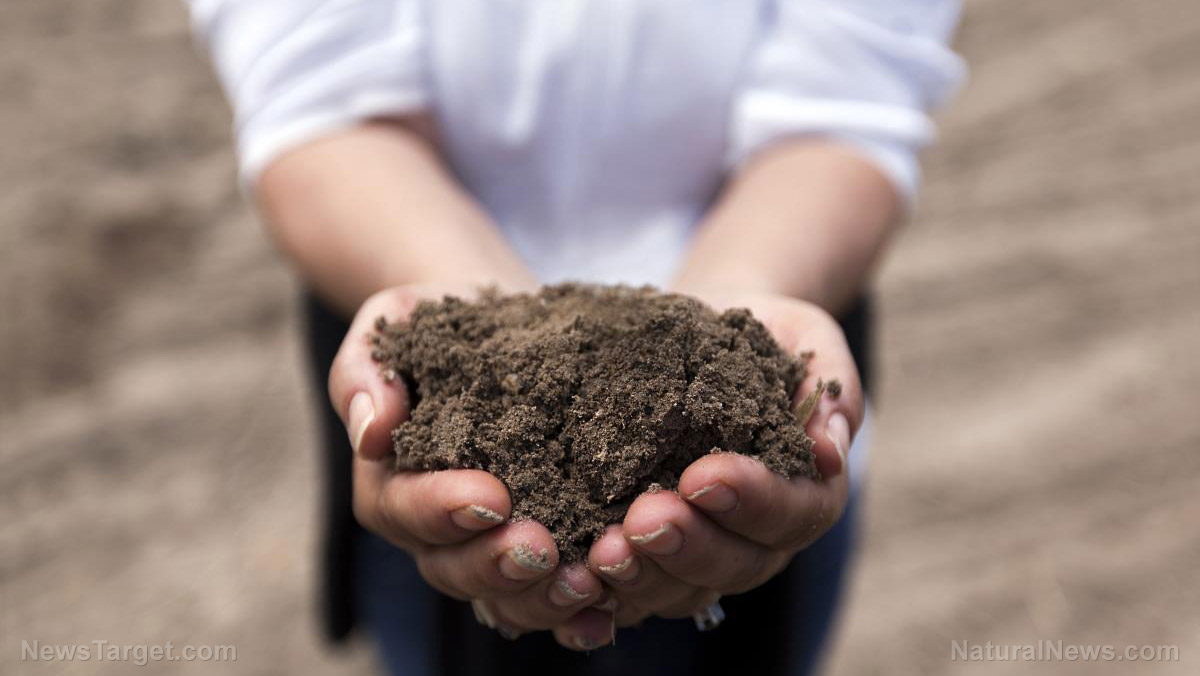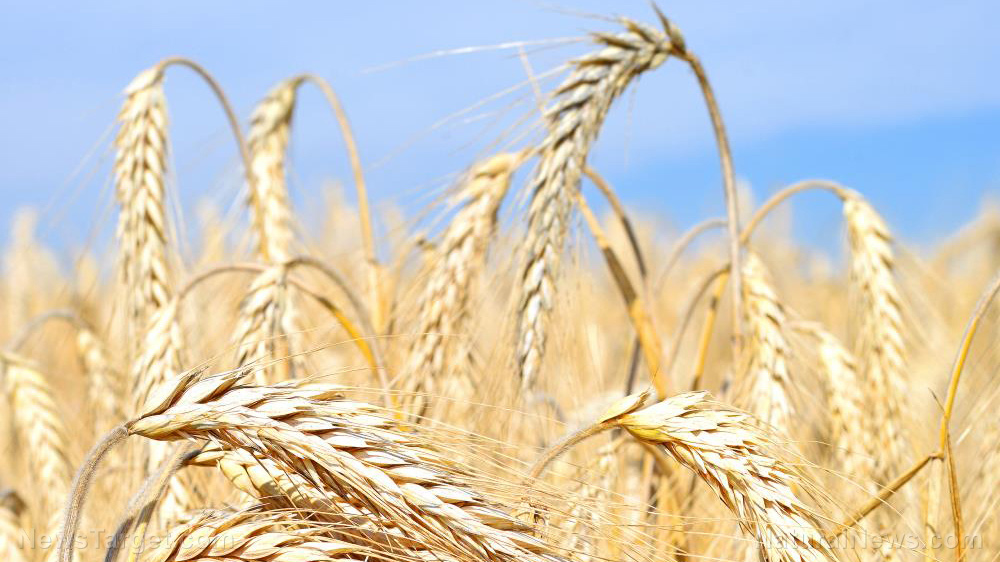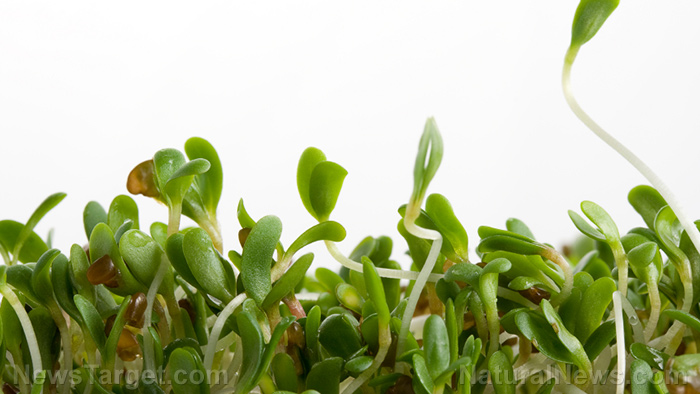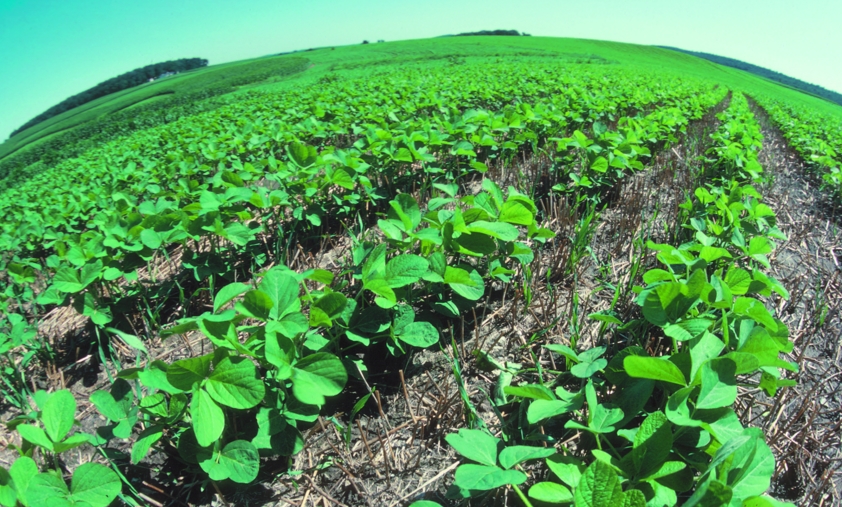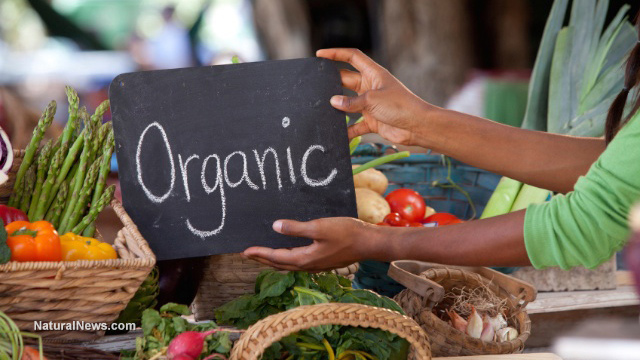A beginner’s guide to growing your own broccoli
10/13/2018 / By Zoey Sky

Broccoli is a delicious superfood that offers a lot of health benefits. If you want to plant this cruciferous vegetable in your garden or homestead, here are some tips that you need to keep in mind.
Broccoli planting season
Broccoli that matures during cool weather yields heads that are sweeter than broccoli harvested during other times of the year. It’s best to grow broccoli in fall since spring conditions may be unpredictable.
When fall rolls around, start calculating when you should plant broccoli seeds. If you want to sow seeds right in your garden, start at least 85 to 100 days before the average first fall frost in the area.
When growing broccoli from transplants, you can determine the date for getting plants in the ground by adding 10 days to the “days to maturity” for the variety you’re cultivating. Then, count backward from the expected first fall frost date.
Plant broccoli in slightly acidic soil
Broccoli will thrive under full sun in slightly acidic soil with pH levels between 6.0 and 6.8. Make sure the soil is fertile and well-drained. Keep it moist and full of organic matter. With the right pH and enough organic matter, the soil will be full of essential micronutrients, such as boron.
When grown in soil low in boron, broccoli may develop hollow stems. However, too much boron is also toxic to plants. Check the boron level in your garden with a soil test.
Fall broccoli must be grown with specific spacing requirements. When cultivating the cruciferous vegetable in a raised bed, space the plants 15 to 18 inches apart. When gardening in rows, set transplants about 18 to 24 inches apart within the row, then space the rows 24 to 36 inches apart. Always set transplants a bit deeper in the ground than they were in the pot. (Related: Yummy superfoods that even beginner gardeners can plant today.)
Keeping broccoli nourished
As a moderately heavy feeder, broccoli needs to be planted in soil that has about two to four inches of rich compost or a thin layer of well-aged manure. Use rabbit manure or other kinds of aged manure or compost for big and tasty broccoli heads.
Once you’ve harvested a plant’s central head, add some nitrogen-rich fertilizer (e.g., fish meal or aged manure) into the soil around its base to encourage extended side-shoot production.
Protect broccoli from the cold
In winter, broccoli may suffer from a chilling injury that will turn buds purple. The cold can also soften broccoli heads, but this doesn’t affect the vegetable’s quality. You can still eat broccoli that has frozen and thawed. Just make sure the heads don’t freeze and thaw repeatedly.
Protect broccoli from the cold using floating row covers that can give the vegetables an additional four to eight degrees of warmth. The floating row covers will shield broccoli from heavy freezes, and they can help extend the season by about four weeks. Use tunnels or a cold frame to boost daytime temperatures by about 10 to 30 degrees.
Floating row covers, or row covers, are “lightweight spun bonded synthetic fabrics” that are used to shield plants from pests and harsh temperatures. Light enough to be laid on plants, floating row covers also allow light, water, and fertilizer to get through. They can be made of lighter or heavier materials, with the latter offering more frost protection.
The former doesn’t trap as much heat inside during summer, and they let more sun and water permeate the material. All kinds of floating row covers are light enough, and they don’t need support so they can “float” on top of plants.
Keep pests away from broccoli
You can keep pests away using row covers, but the best protection against insects is growing healthy plants. The key to growing healthy broccoli is using healthy soil. You can prevent caterpillar pests like cabbage loopers from damaging broccoli with Bacillus thuringiensis (var. Kurstaki).
B. thuringiensis stops pests from chewing on the broccoli, but it won’t harm beneficial insects.
Harvesting broccoli
For flavorful broccoli, harvest the heads while the buds are just starting to swell but before the yellow petals start to bloom. Check the head as you harvest. When it starts spreading open, the individual buds also begin flowering.
When harvesting broccoli, cut the stalk at a slant, at least five to eight inches below the central head. This can encourage side-shoot production for continued harvests. Try to harvest broccoli in the morning before the plants heat up. Broccoli has a very high respiration rate and harvesting in the morning ensures that the vegetable tastes great. Don’t overcook broccoli so it can retain its natural flavor and nutrients.
You can read more articles with tips on how to grow broccoli and other nutritious vegetables at HomeGardeningNews.com.
Sources include:
Tagged Under: broccoli, clean food, Food storage, food supply, fresh produce, gardening, gardening tips, home garden, home gardening, Homestead, homesteading, how to, off grid, organics, preparedness, prepper, prepping, self sufficiency, self-reliance, self-sustainability, survival, sustainable living, urban gardening, urban prepping, vegetables


